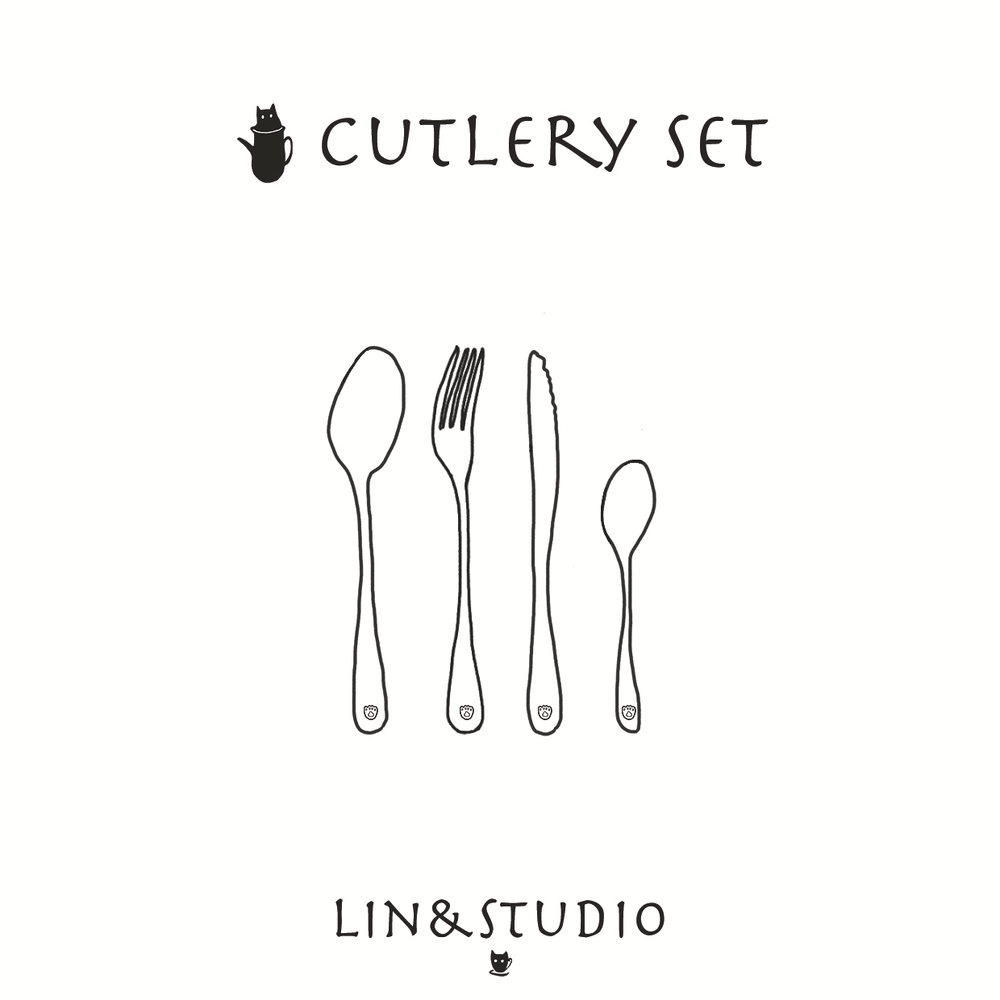The Evolution of Cutlery: From Ancient Tools to Modern Dining Essentials

# The Evolution of Cutlery: From Ancient Tools to Modern Dining Essentials
Introduction
Cutlery, the tools we use to prepare, serve, and consume food, has a rich history that spans thousands of years. From rudimentary implements crafted from stone and bone to the sleek, stainless steel designs of today, the evolution of cutlery reflects the advancements in human civilization, culture, and technology. This article explores the fascinating journey of cutlery, tracing its transformation from ancient tools to modern dining essentials.
Early Beginnings: Stone and Bone Tools
The earliest forms of cutlery date back to prehistoric times when humans used sharpened stones and bones as knives and spoons. These primitive tools were essential for survival, enabling early humans to cut meat, scrape hides, and gather food. Archaeological findings suggest that the first knives were simple flint blades, while spoons were crafted from animal horns or shells. These tools were not only functional but also symbolized the ingenuity of early humans in adapting to their environment.
The Bronze and Iron Ages: A Leap Forward
With the advent of metallurgy, cutlery underwent a significant transformation. During the Bronze Age, knives and spoons made from bronze became more common, offering greater durability and sharpness. The Iron Age further revolutionized cutlery, as iron tools were stronger and more versatile than their bronze counterparts. This period also saw the emergence of specialized utensils, such as forks, which were initially used for cooking rather than dining.
Medieval Europe: The Rise of Personal Cutlery
In medieval Europe, cutlery became a symbol of social status. Wealthy individuals owned personalized sets of knives and spoons, often adorned with intricate designs and precious materials. Forks, however, were slow to gain acceptance, as they were initially viewed as unnecessary and even sinful by some religious authorities. It wasn’t until the Renaissance that forks became widely accepted, particularly in Italy, where they were used to handle pasta and other delicate foods.
The Industrial Revolution: Mass Production and Standardization
The Industrial Revolution marked a turning point in the history of cutlery. Advances in manufacturing technology allowed for the mass production of utensils, making them more affordable and accessible to the general public. Stainless steel, introduced in the early 20th century, became the material of choice due to its durability, resistance to rust, and ease of maintenance. This period also saw the standardization of cutlery sets, with knives, forks, and spoons becoming the standard trio for dining.
Modern Cutlery: Innovation and Design
Today, cutlery is not only functional but also a reflection of personal style and cultural preferences. Modern designs incorporate ergonomic principles, ensuring comfort and ease of use. Materials such as titanium, ceramic, and even biodegradable plastics are being explored to meet the demands of contemporary lifestyles. Additionally, the rise of multicultural cuisines has led to the creation of specialized utensils, such as chopsticks, sushi knives, and fondue forks, catering to diverse culinary traditions.
Conclusion
The evolution of cutlery is a testament to human creativity and adaptability. From simple stone tools to sophisticated dining essentials, cutlery has played a crucial role in shaping our eating habits and social customs. As we continue to innovate and explore new materials and designs, the future of cutlery promises to be as dynamic and diverse as its past.
Keyword: cutlery
Categories: News